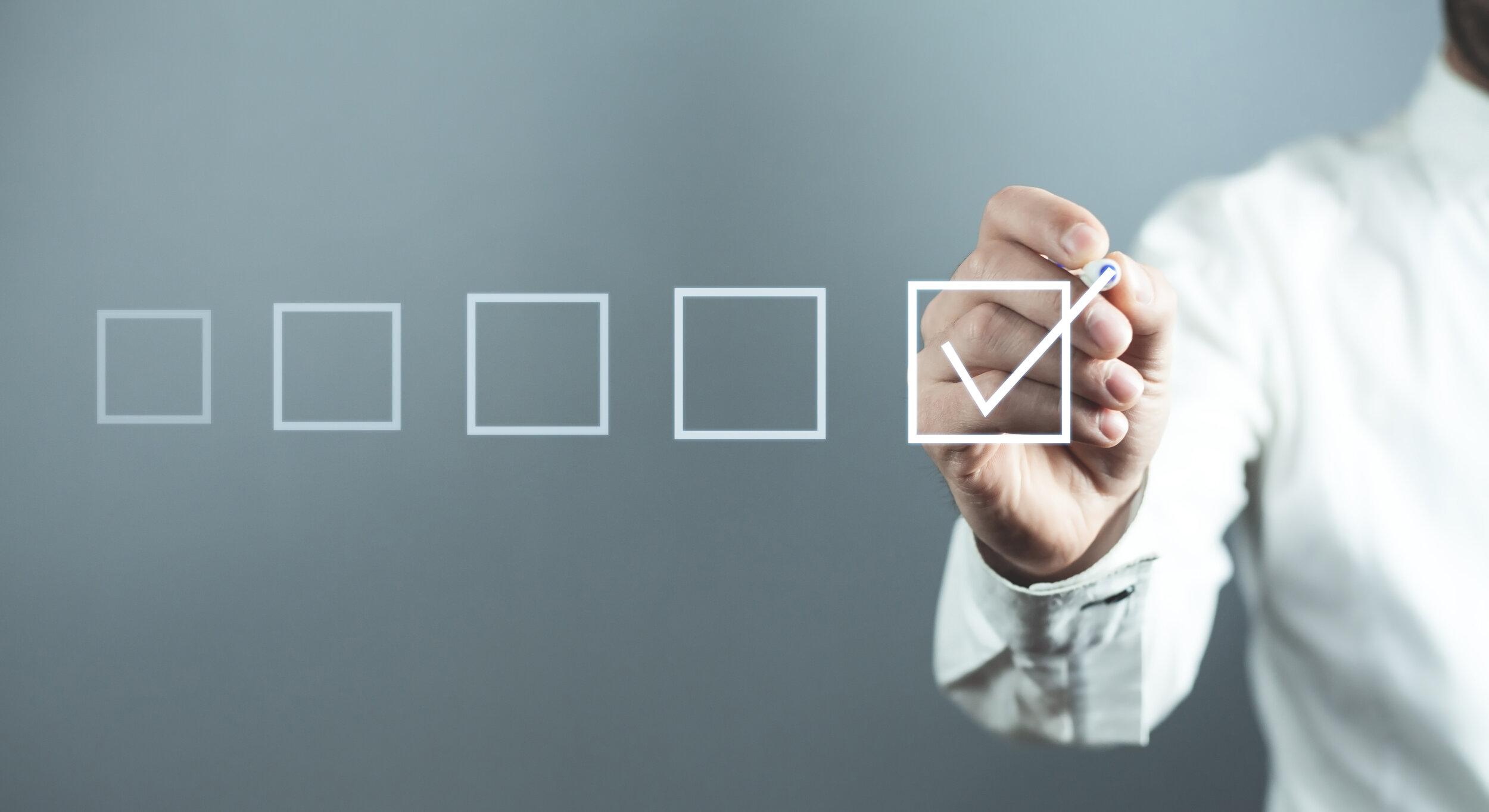New hire employee check-ins are incredibly valuable. They’re not only important to make sure an employee’s experience is going well, but the goal of conducting check-ins is to make sure that they’re in a strong position to focus on and meet the demands of their work. So, how can you conduct check-ins in an efficient yet productive manner? Here’s what you should focus on:
Convenience – If you want employees to respond, then you must create programs and activities that are convenient, user-friendly, and confidential to encourage participation. This will up the response rate, which will ultimately lead to better understanding of both the employee and job at hand. Also, include an opportunity for employees to leave their information for a more direct response or follow up questions.
Automation – Check-ins shouldn’t be complex or burdensome on administration, but they should be high on value. So, consider using technology to your advantage, and set up new hire check-ins to distribute automatically. Automating responses can actually keep everyone focused on the goal at hand and better navigate and record employee responses.
Goal & Response – Check-in programs bring value when organizations are positioned to react to their responses. This means setting clear program goals and creating non-leading questions that will provide relevant feedback.
Timely Intervals – The point of new hire check-ins is to encourage engagement and prevent unnecessary turnover. So, make sure your program is set up in timely intervals. For instance, you don’t want to ask about an employee’s first day six months down the road. Send brief surveys at regular intervals so that feedback can be heard and responded to in an appropriate fashion.
Check-ins should meet the needs of both the company and the employee. That’s how you foster employee engagement and retention.


